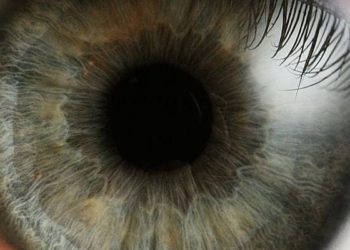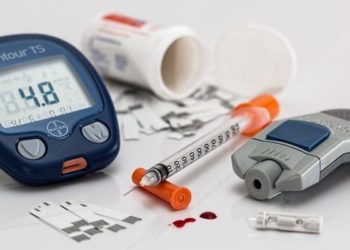Telemedicine screening for diabetic retinopathy may be cost-effective
Image: PD
1. Telemedicine screening for diabetic retinopathy is cost-effective in populations over 3,500 and under the age of 80.
2. The ratio of average cost per quality-adjusted life years (QALY) ranges from $20,000 to $46,500 depending on the population size, significantly lower than the economic benchmark of $50,000.
Evidence Rating Level: 2 (Good)
Study Rundown: Telemedicine has become an extremely popular notion in medicine, given the rising costs of healthcare. In this study, screening for diabetic retinopathy using fundus images was found to be cost-effective when populations exceed 3,500, and when the patient populations are mostly less than age 80. The study utilizes significant statistical modeling in order to control for various confounders and assess for cost-effectiveness in an effective fashion. However, limitations include the fact that a large percentage of patients with diabetic retinopathy are older than 80, which would make telescreening no longer cost-effective. The study also does not take into account the costs of telemedicine itself. Nonetheless, in the appropriate patient population at the appropriate size, telescreening can save significant costs.
Click to read the study in Ophthalmology
Relevant Reading: Framework for a national teleretinal imaging program to screen for diabetic retinopathy in Veterans Health Administration patients
In-Depth [retrospective study]: This study evaluated the effectiveness of a telemedicine program created within the VA system to help increase the diagnosis of diabetic retinopathy among military employees. In this system, a technician images the retina, and sends the files to a centrally located retina specialist. Telemedicine obviously removes multiple logistical and financial obstacles to care. The charts of approximately 9,000 randomly chosen patients with Type 1 or 2 diabetes were utilized in this trial. Multiple parameters were gathered on these patients, including type of screening (telemedicine vs. traditional), level of disease progression, or number of screenings. Using multiple statistical analyses of data collected before and after the program, cost-effectiveness was assessed. The study found that the number of diabetic retinopathy cases increased after tele-screening. Quality-adjusted life years (QALYs) were used to assess cost-effectiveness (cost/QALY), with $50,000 as the threshold. Tele-screening was found to be cost-effective in patient populations greater than 3,500 (average cost/QALY of $20,000-$46,500 with various size groups) and in populations below the age of 80. It is cost-effective across all ethnicities. Even if treatment costs for diabetic retinopathy were altered, the system would remain cost-effective.
By Swarup Swaminathan and Andrew Bishara
More from this author: Argus II retinal prosthesis significantly improves spatial vision in blind patients, Artificial cornea is well retained in patients with ocular surface disease, High prevalence of undiagnosed glaucoma in West Africa, Interferon therapy is superior to methotrexate for uveitis, Rho kinase inhibitor safely reduces intraocular pressure
© 2013 2minutemedicine.com. All rights reserved. No works may be reproduced without expressed written consent from 2minutemedicine.com. Disclaimer: We present factual information directly from peer reviewed medical journals. No post should be construed as medical advice and is not intended as such by the authors, editors, staff or by 2minutemedicine.com. PLEASE SEE A HEALTHCARE PROVIDER IN YOUR AREA IF YOU SEEK MEDICAL ADVICE OF ANY SORT.






